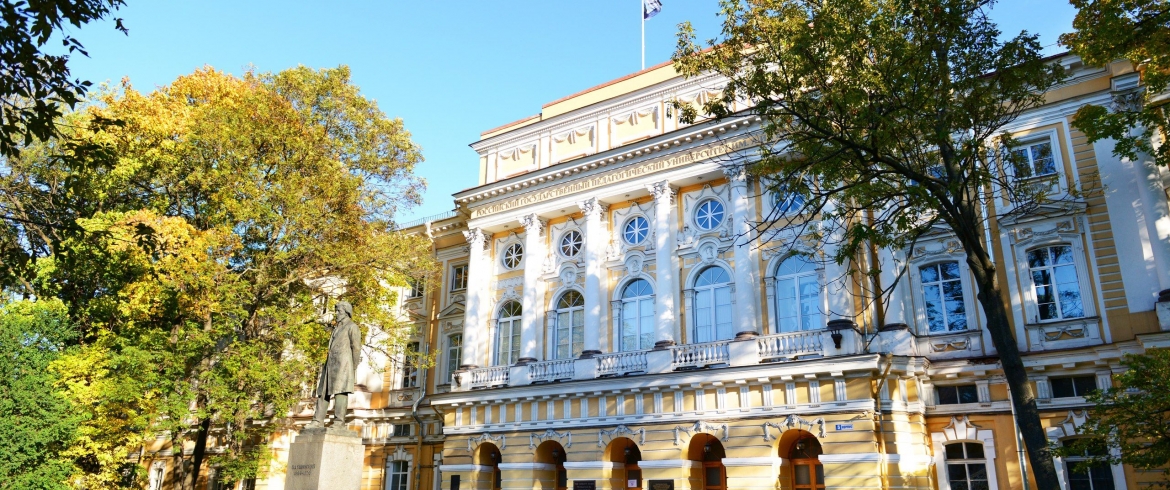Вуз
Herzen University (RSPU)

Russian State Pedagogical University named after A.I. Herzen has been counting its story since May 13, 1797. It was on this day that the Petersburg Educational House, by order of Emperor Paul I, became an independent institution and was taken under the auspices of Empress Maria Fedorovna. For the first time in Russia, the problems of child welfare were solved in the Orphanage: a system of free pediatric care, family orphanages, rural schools, kindergartens and nurseries was organized.
Since the beginning of the nineteenth century, the Educational House has become the forerunner of practical corrective pedagogy: an experimental deaf-mute children school is open - the first stable institution of this type. At the school, the training of special Russian teachers began. In the future, the development of sign language education in the country is associated with the school.
In 1918, the reorganization and integration of various educational institutions began. More than 60 institutes of Leningrad and Moscow were united on the basis of the Educational House in the Leningrad State Pedagogical Institute named after A.I. Herzen, that began annually graduating thousands of teachers for newly created schools.
Among the great names associated with the university is the creator of the school of atomic physicists, academician I.V. Kurchatov, philologists and linguists S.I. Ozhegov and L.V. Shcherba, writers A.M. Gorky and E.I. Zamyatin and other prominent figures of science and culture, who glorified the university throughout the country.
Today RSPU in the name of A.I. Herzen is the largest university in Russia. It consists of more than 20 faculties, many of which have no analogues in Russia. These are the faculties of the peoples of the Far North, human philosophy, advanced training and professional retraining of educators, life safety. About 20 thousand students and graduate students study at the full-time, correspondence and evening departments.
The main buildings of the university are located in a unique palace and park complex - the Razumovsky estate. It was created in the XVIII-XIX centuries specifically for educational institutions.
In the 1730s, the architect Bartolomeo Rastrelli built a large wooden palace for Count Levenwolde, close to Anna Ioannovna. Later, the estate passed into the ownership of the hetman of Ukraine and the president of the Academy of Sciences Kirill Razumovsky (he is also known as the brother of the favorite of Empress Elizaveta Petrovna - Alexei Razumovsky). The old palace was dismantled, and in its place the construction of a new stone building began according to the project of architect A.F. Kokorinov. The construction was completed in 1766 by the architect J.-B. Wallen Delamot.
The palace of K. G. Razumovsky is one of the outstanding examples of Russian architecture of the 1760s. In the composition of the main facade, the main emphasis is on the processing of the center, decorated with a colonnade of six Corinthian columns, built over the arcade of the ground floor. The colonnade is crowned with entablature and a high stepped attic. In the sculptural and ornamental design of the facade, finely traced bas-reliefs are widely used. The building was rebuilt several times from the inside. The most significant reconstruction was made in 1798.
The famous Column Hall of the University regularly hosts exhibitions, concerts, theatrical performances and other cultural events.